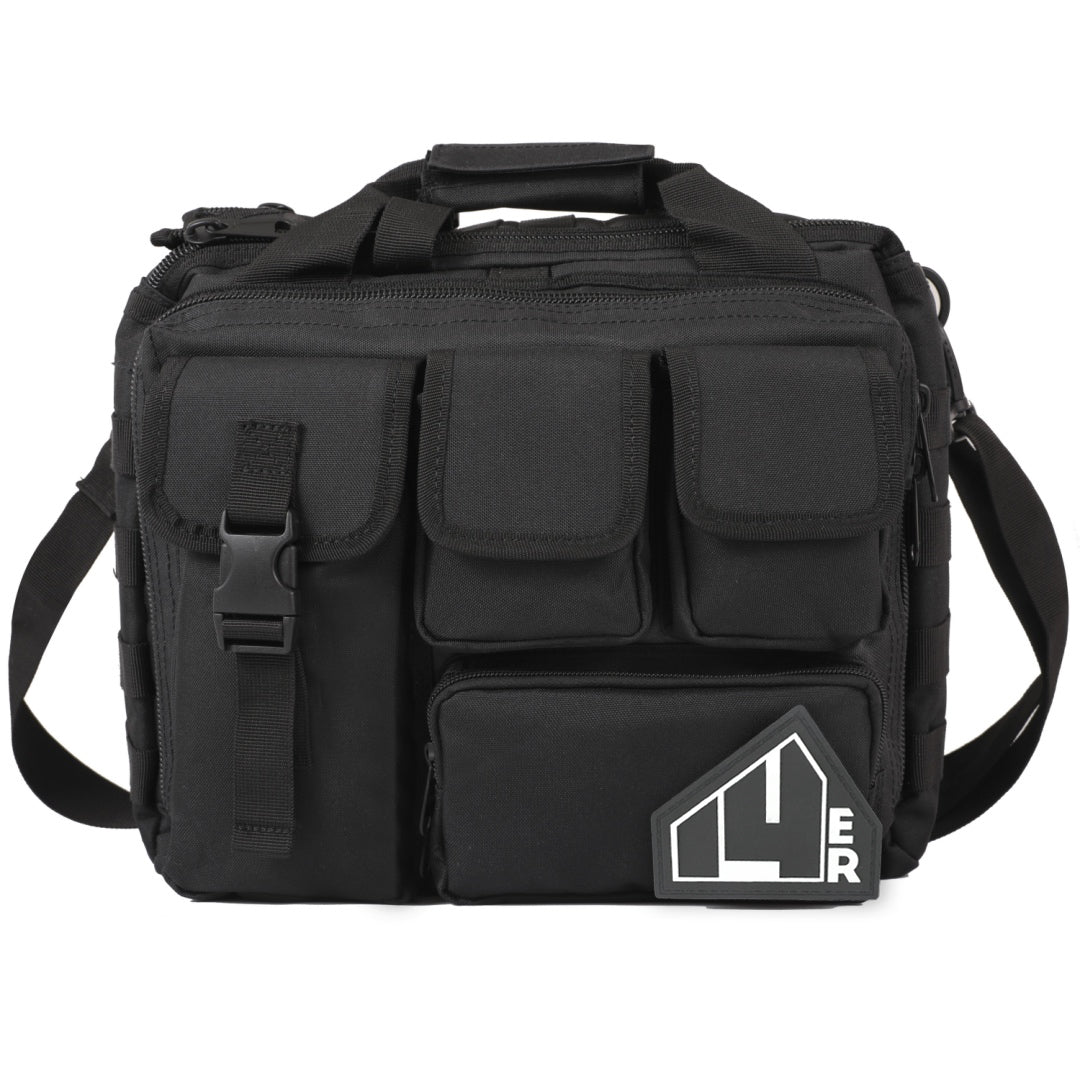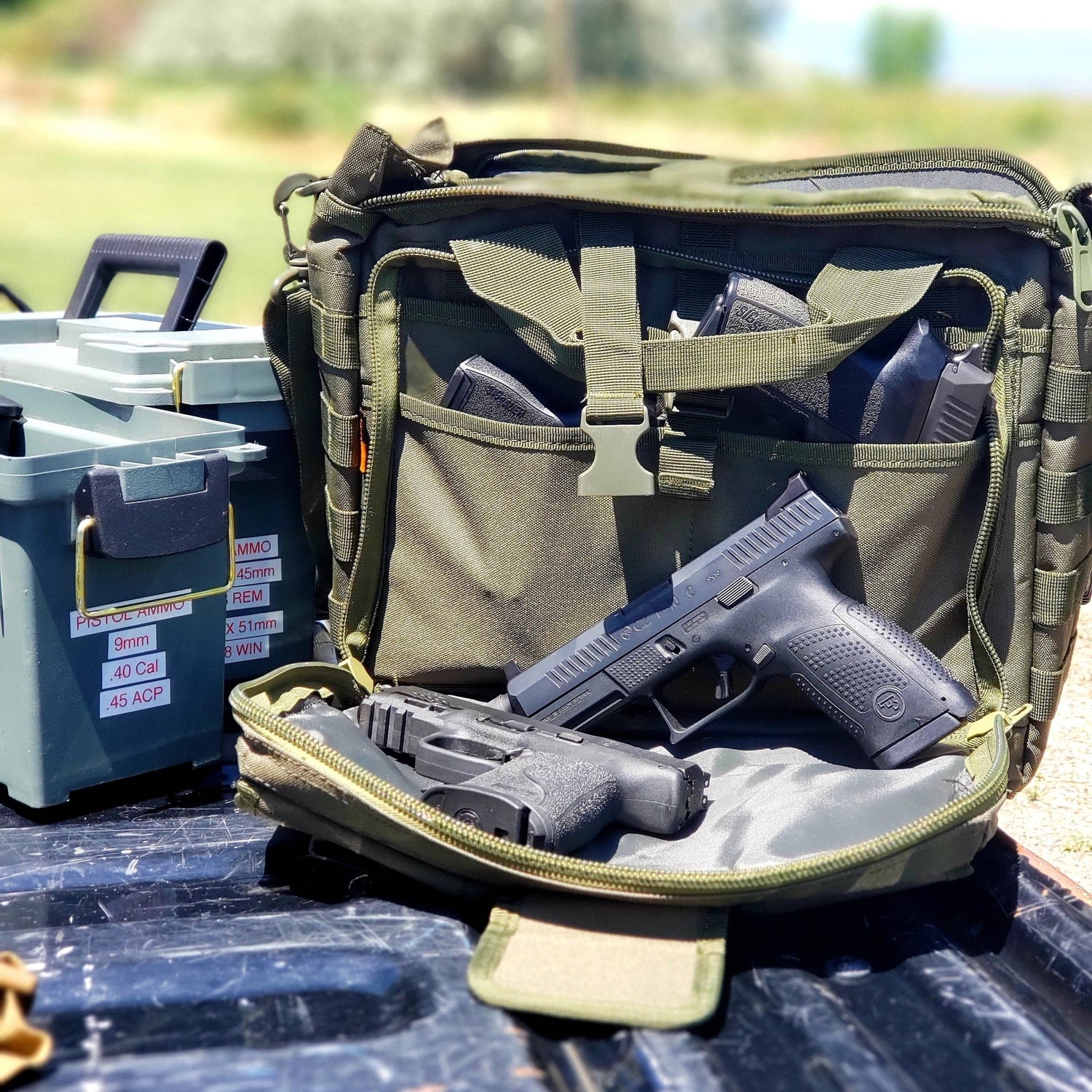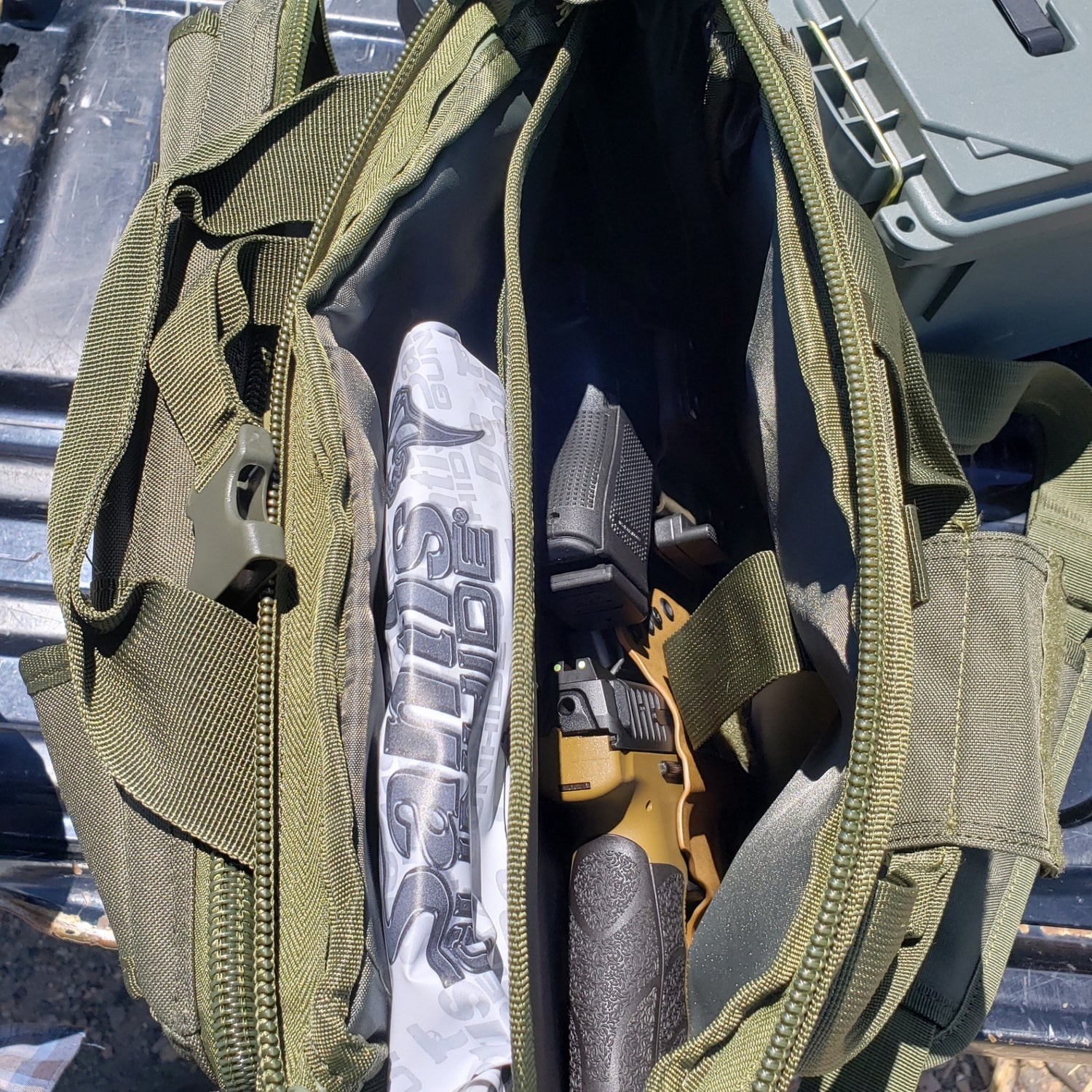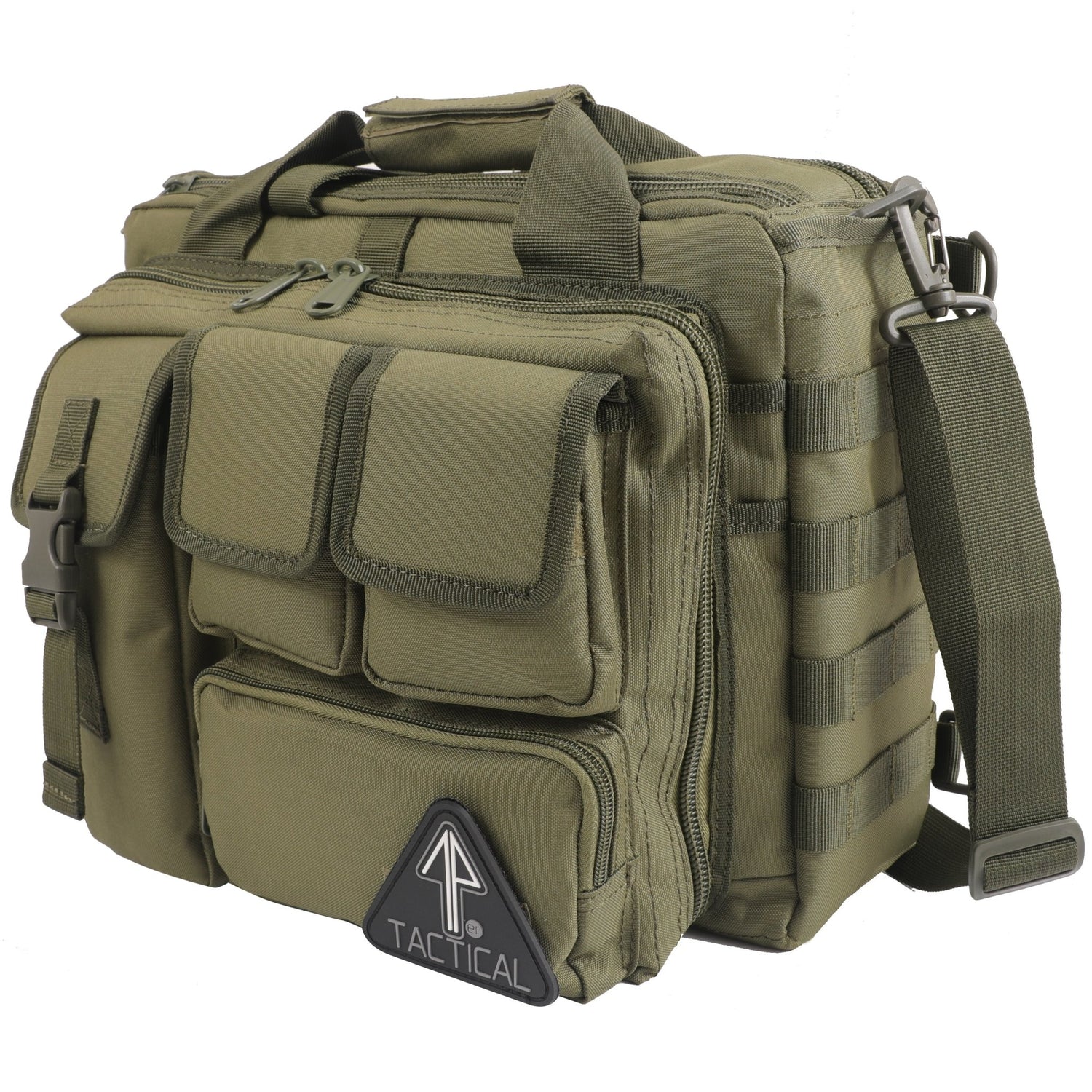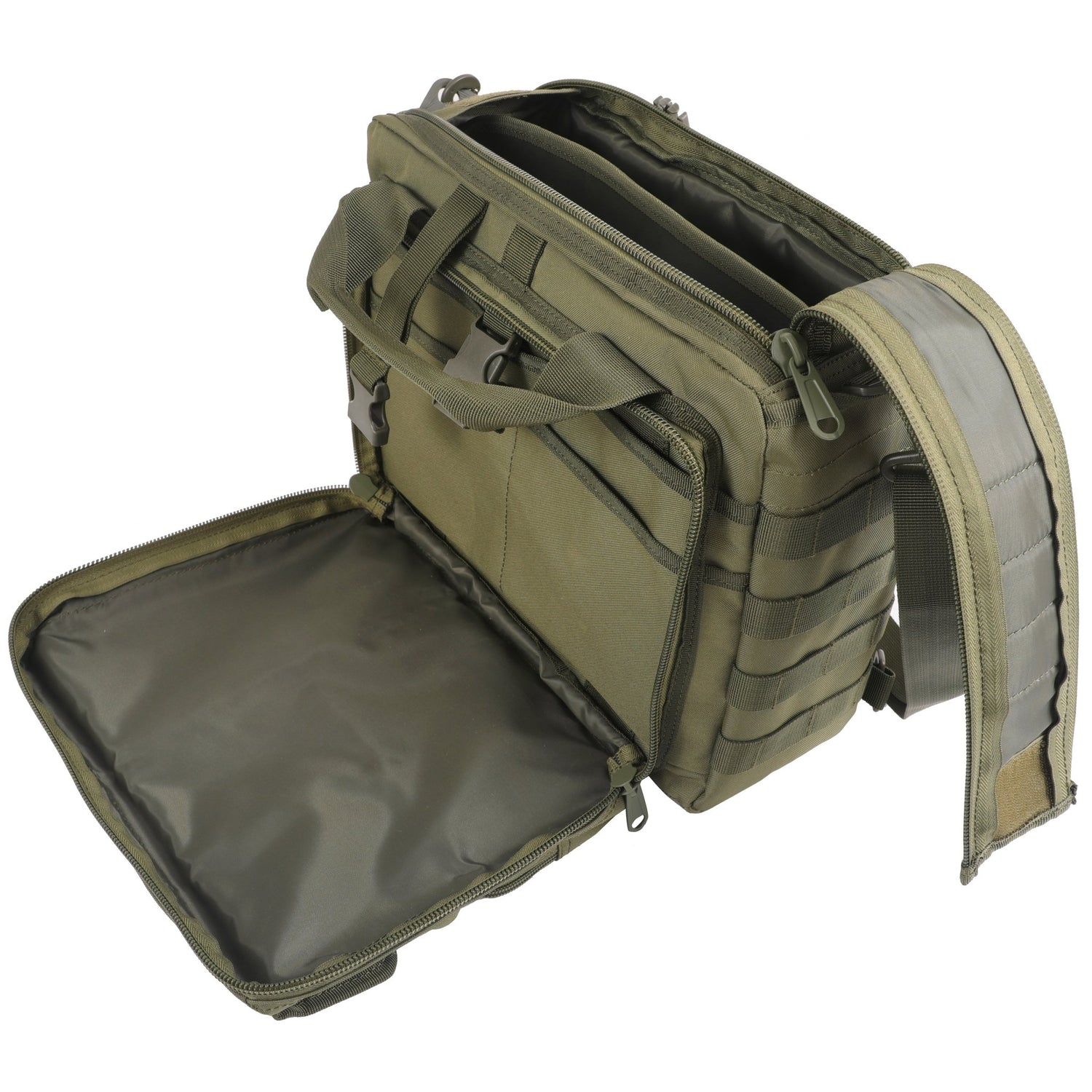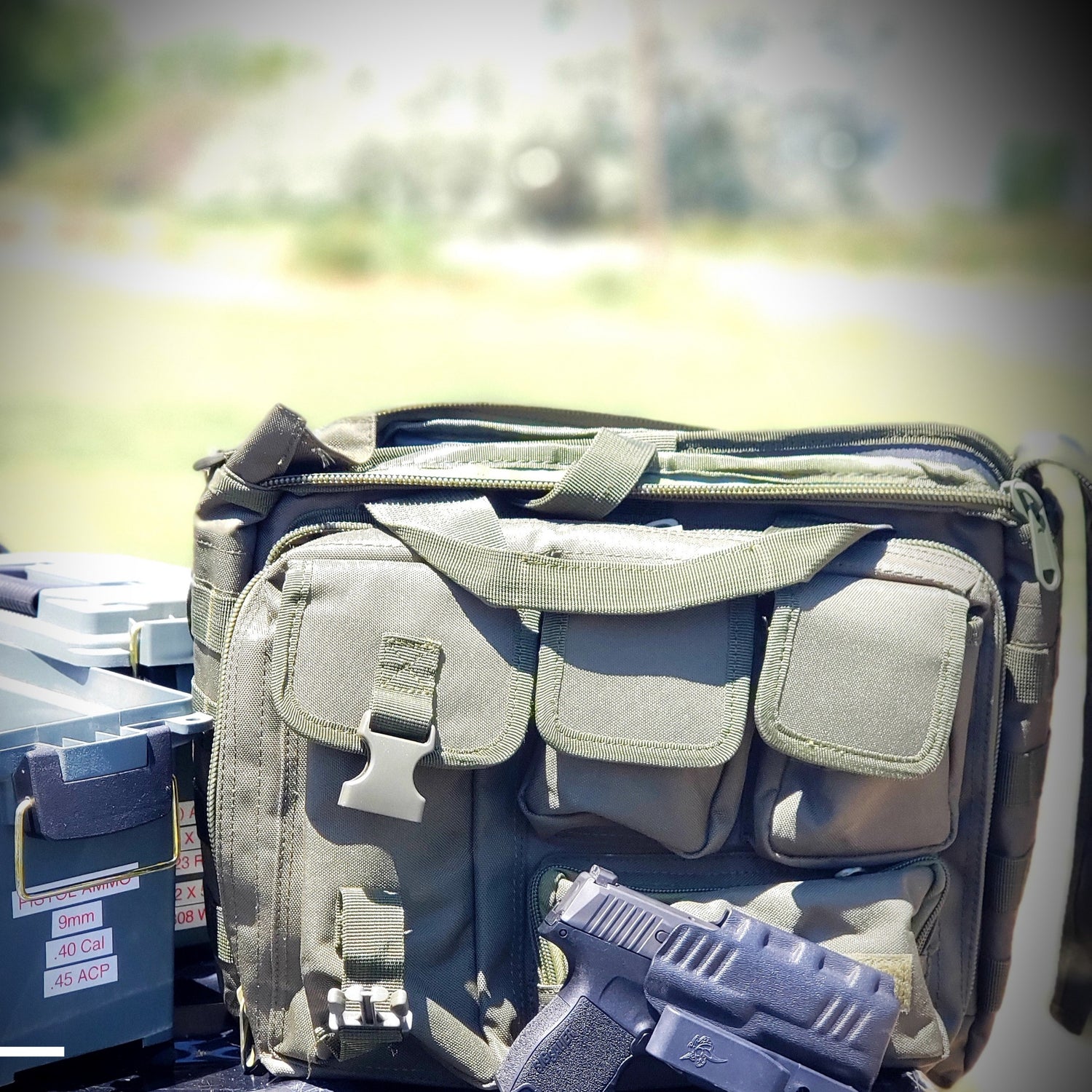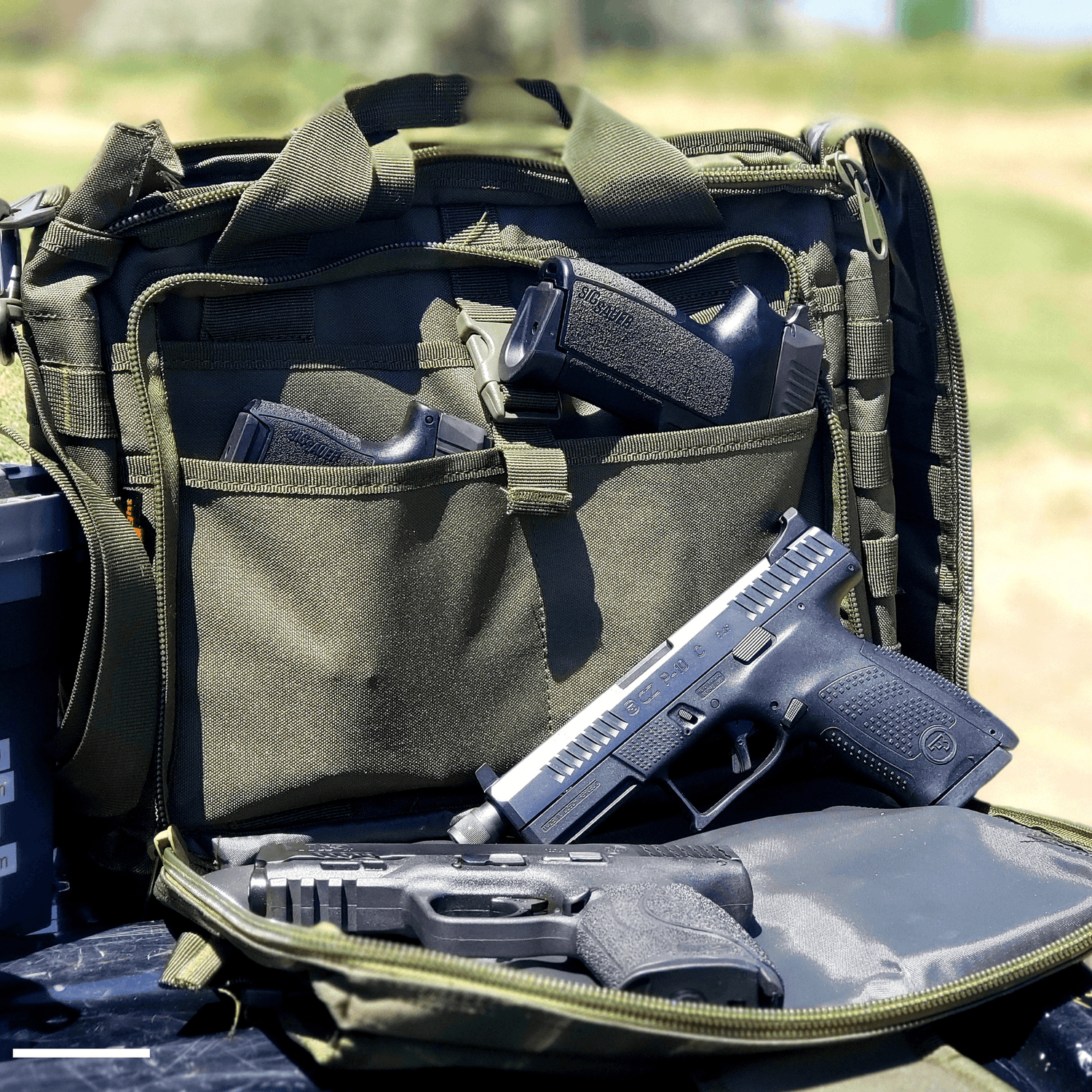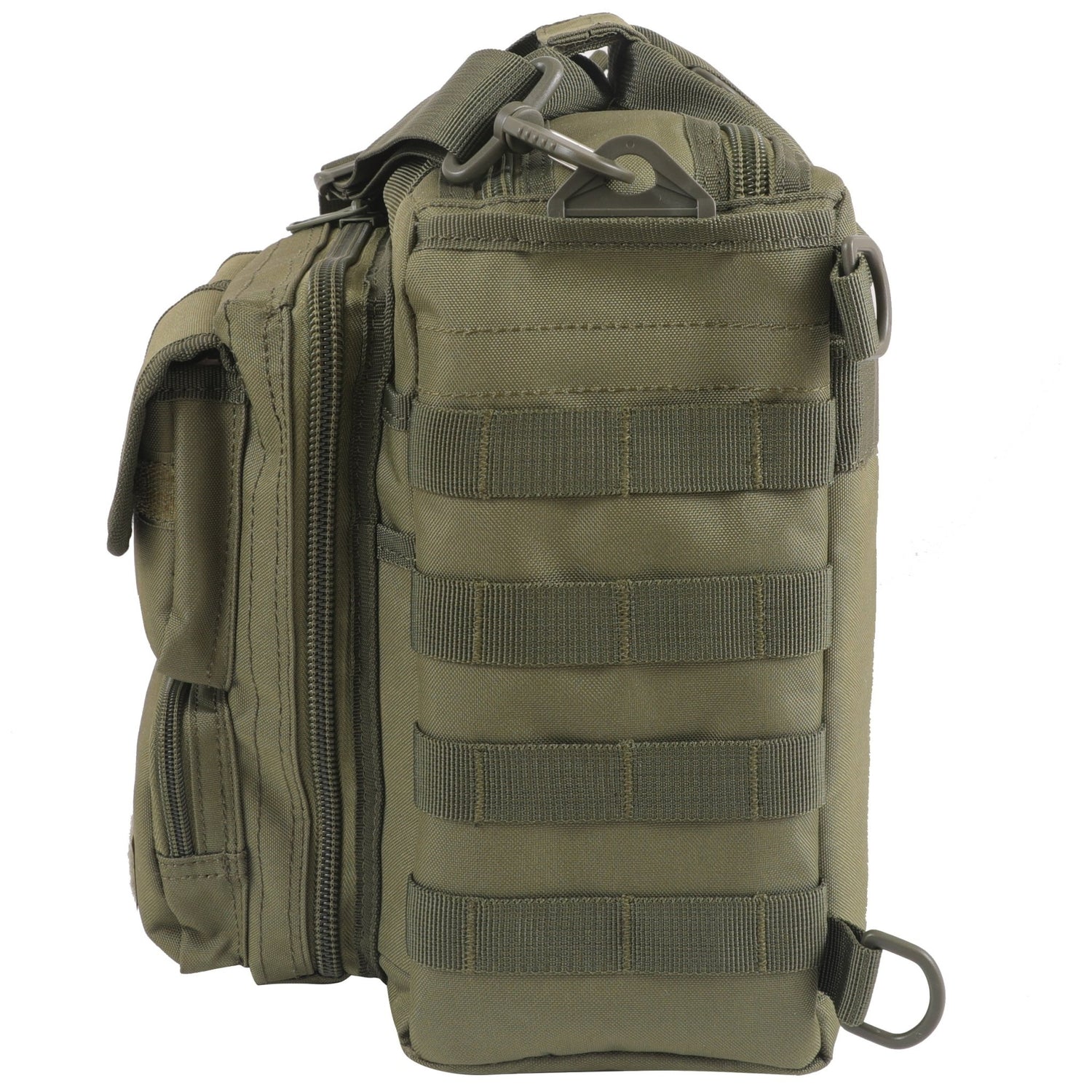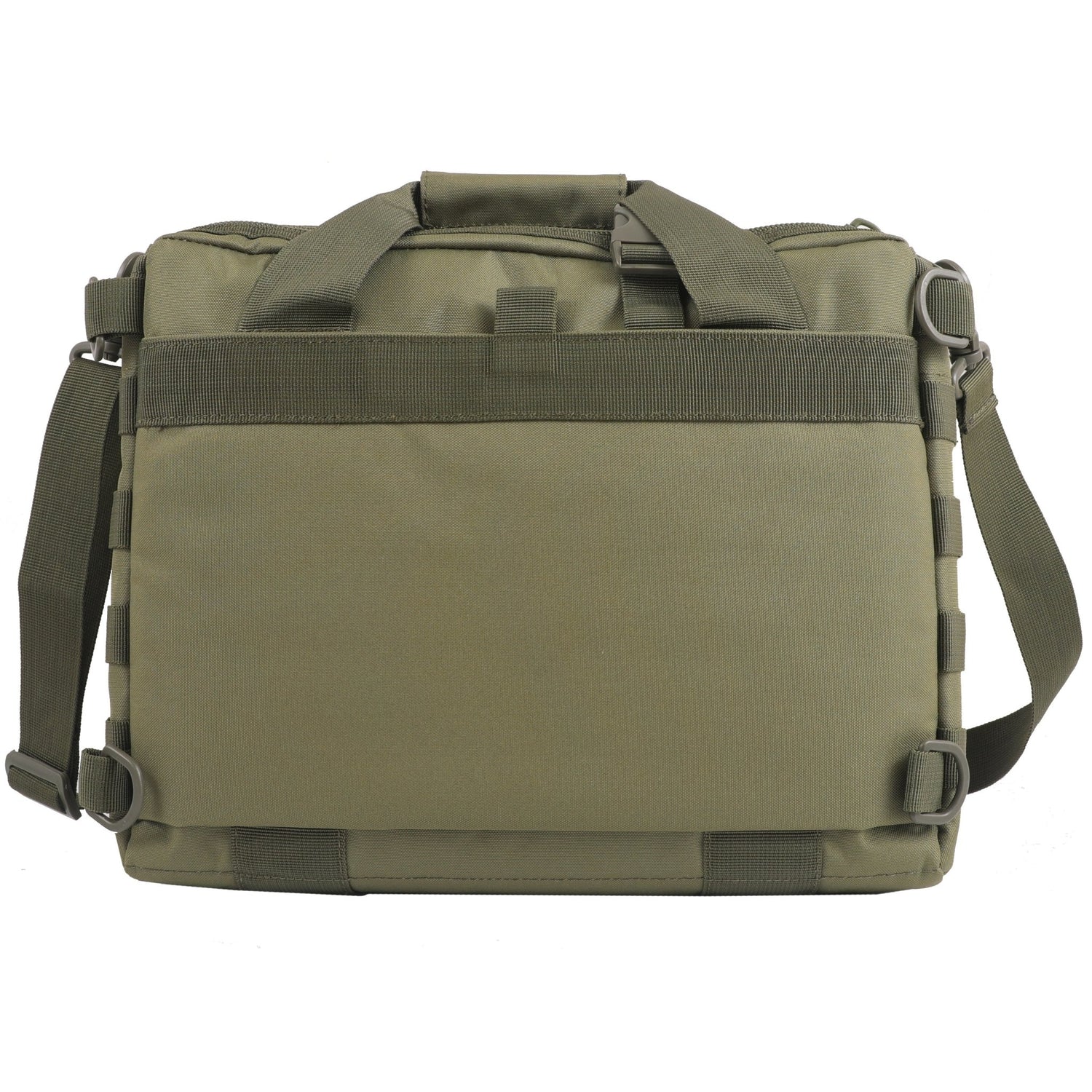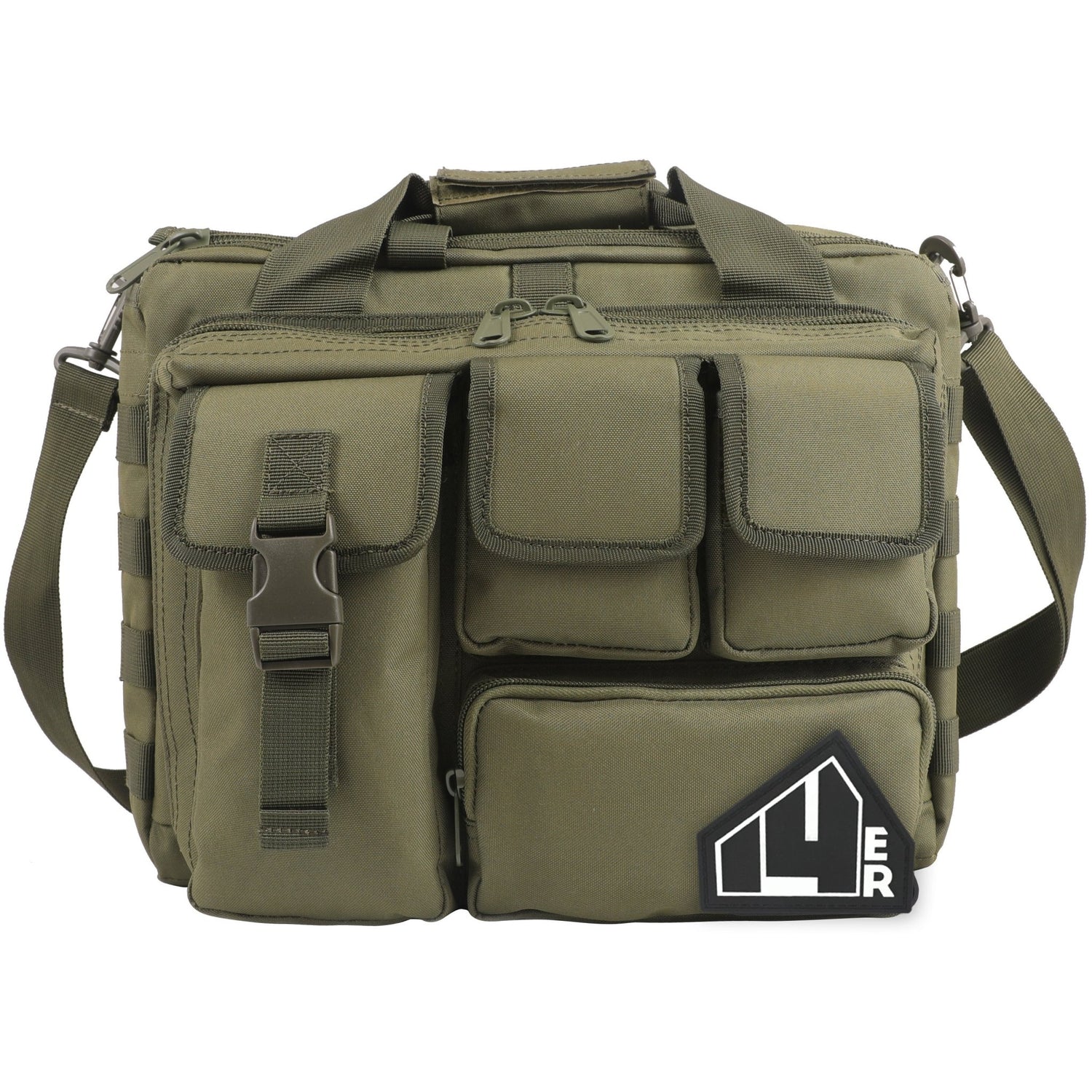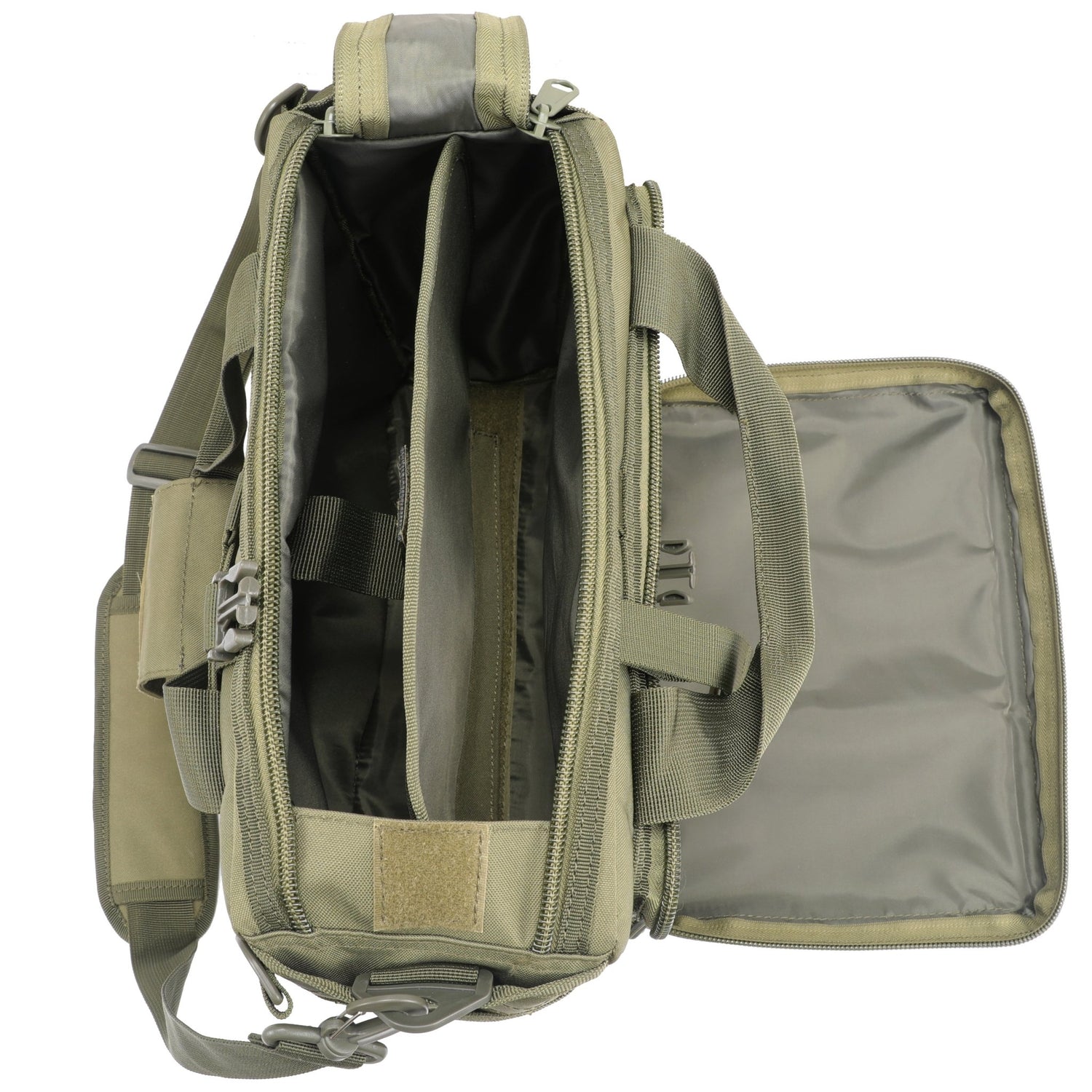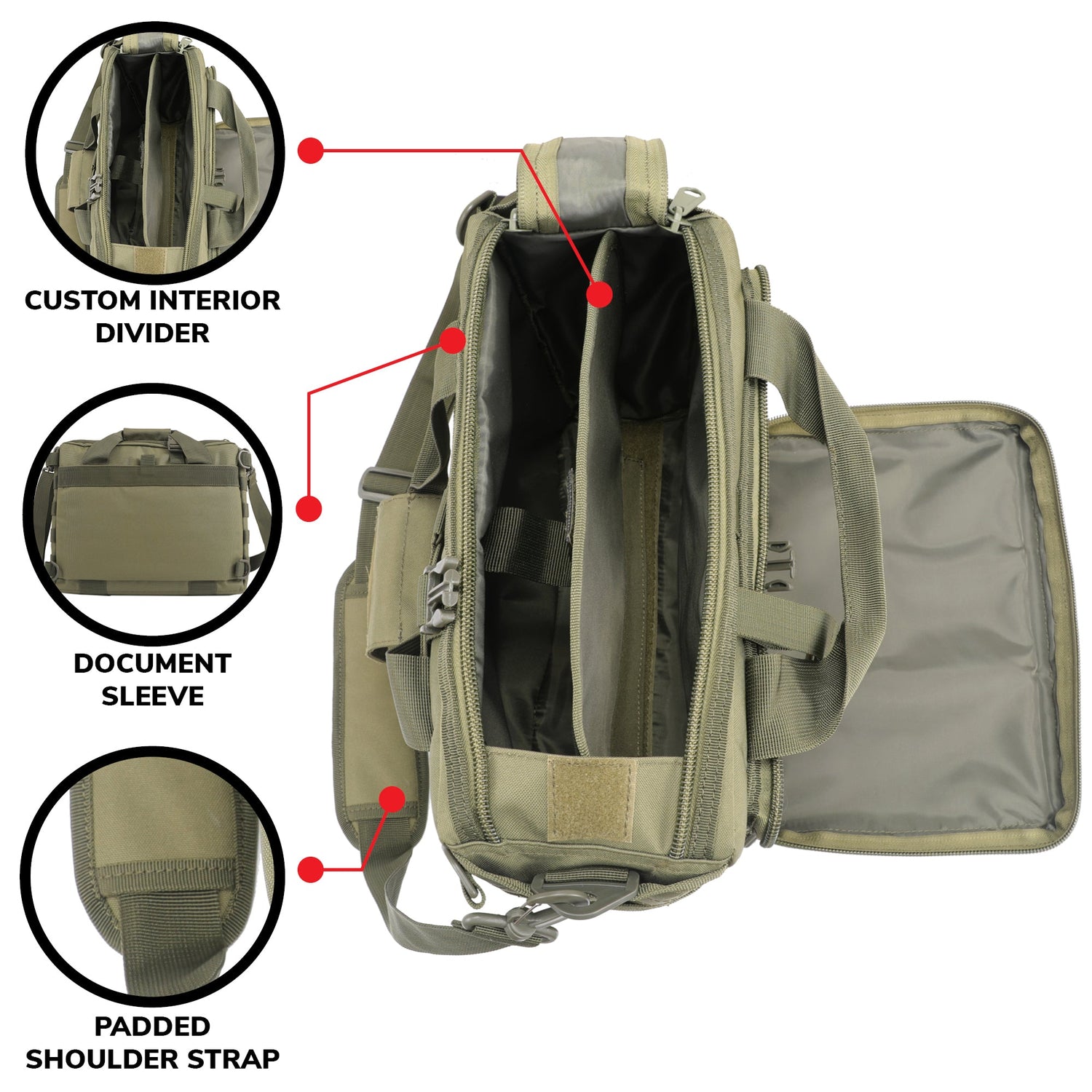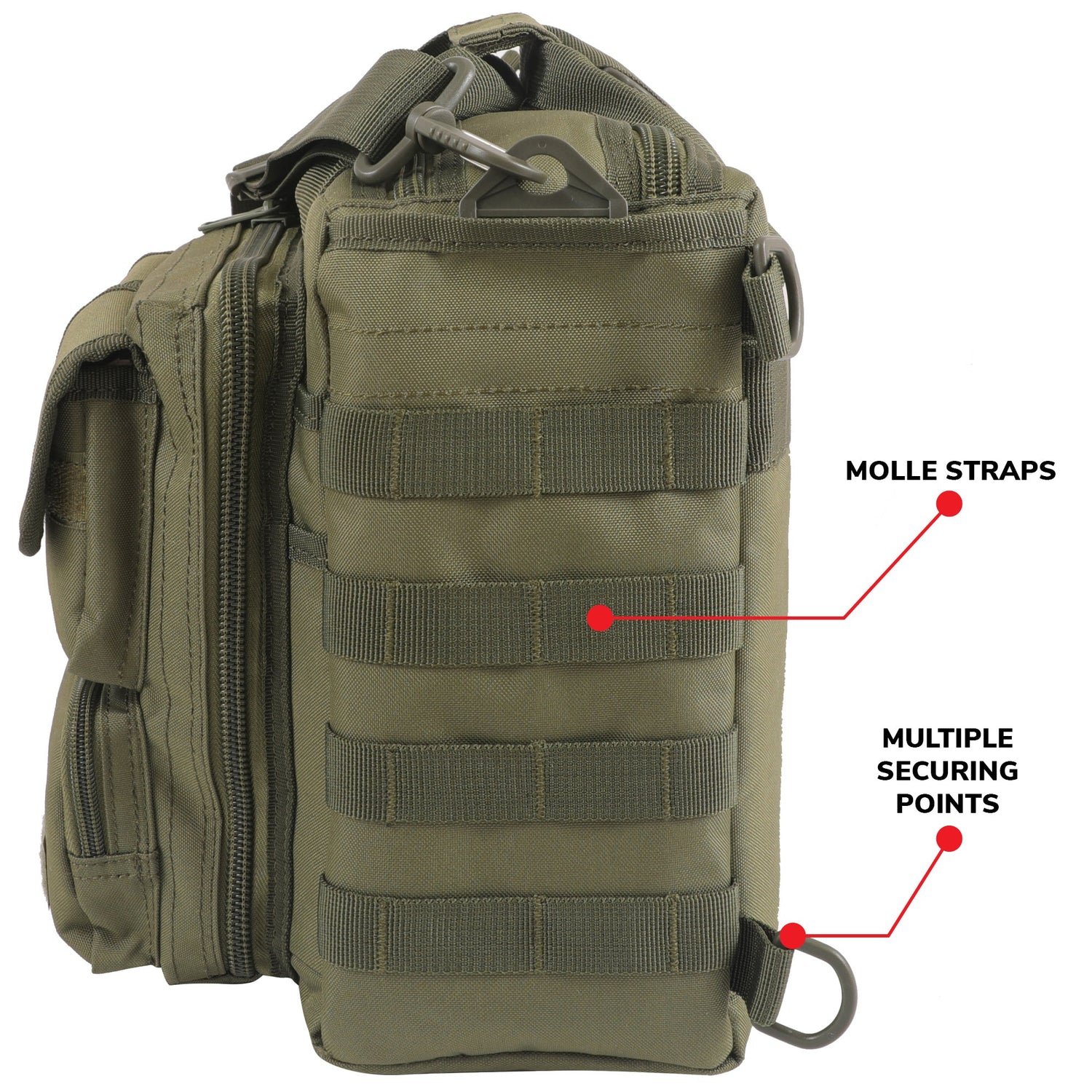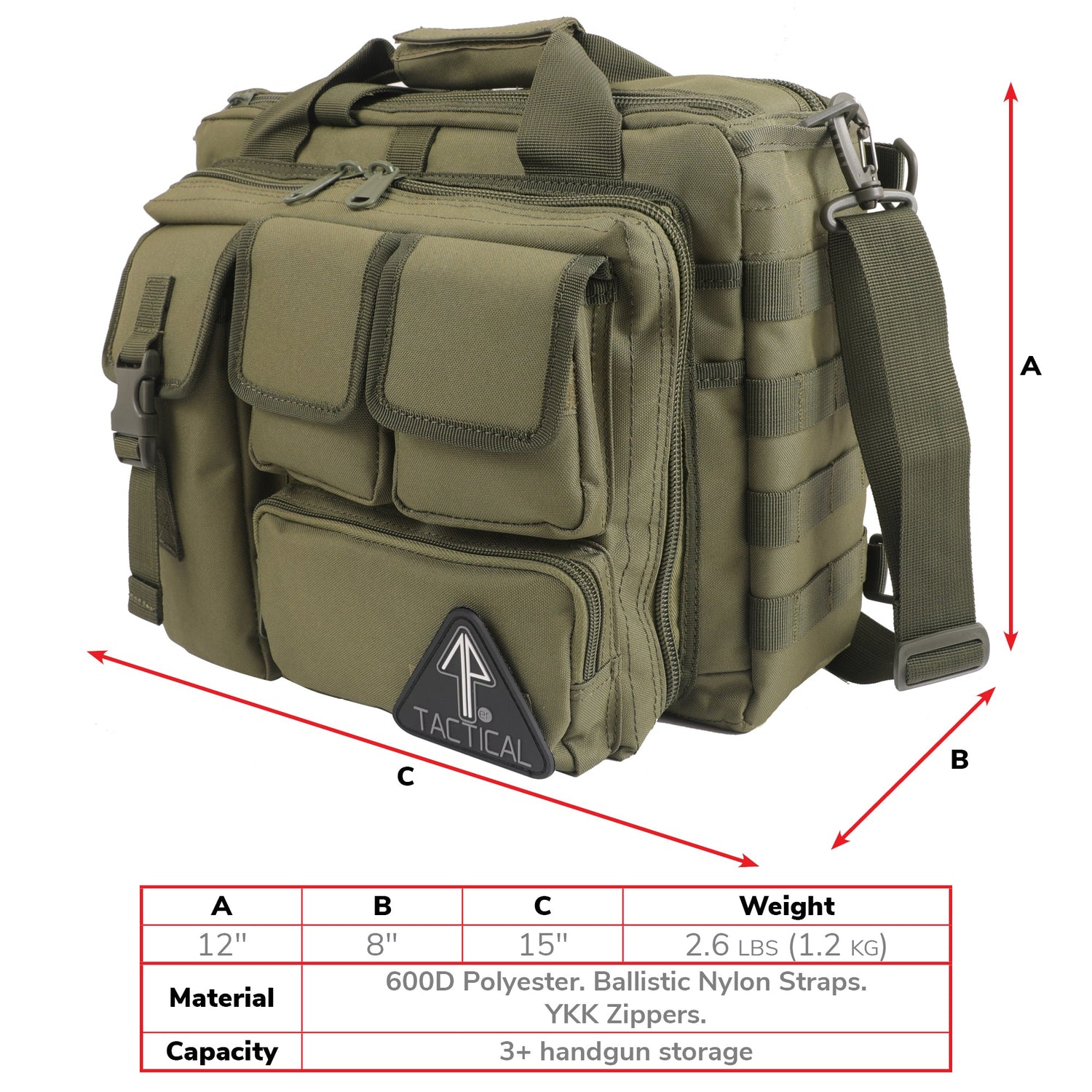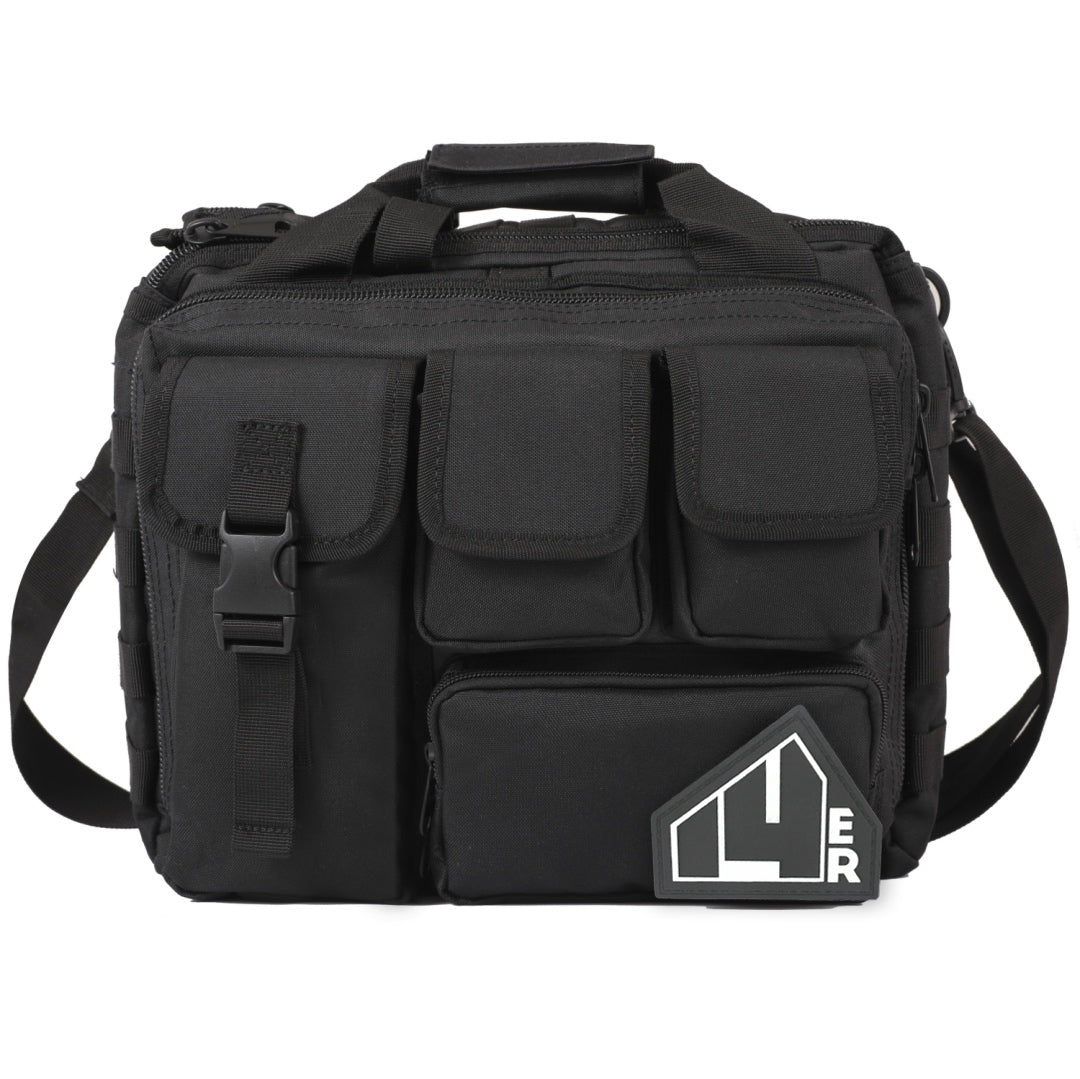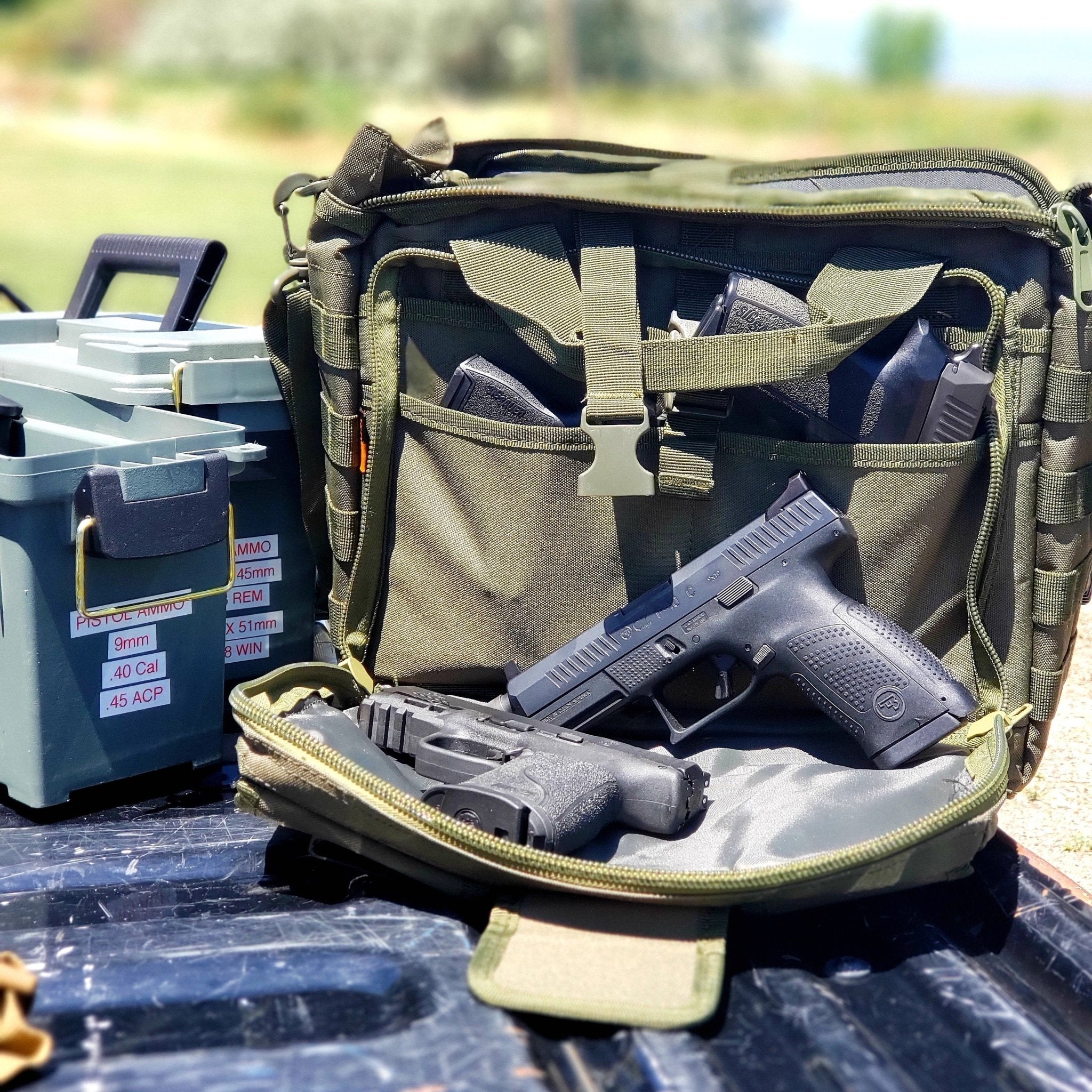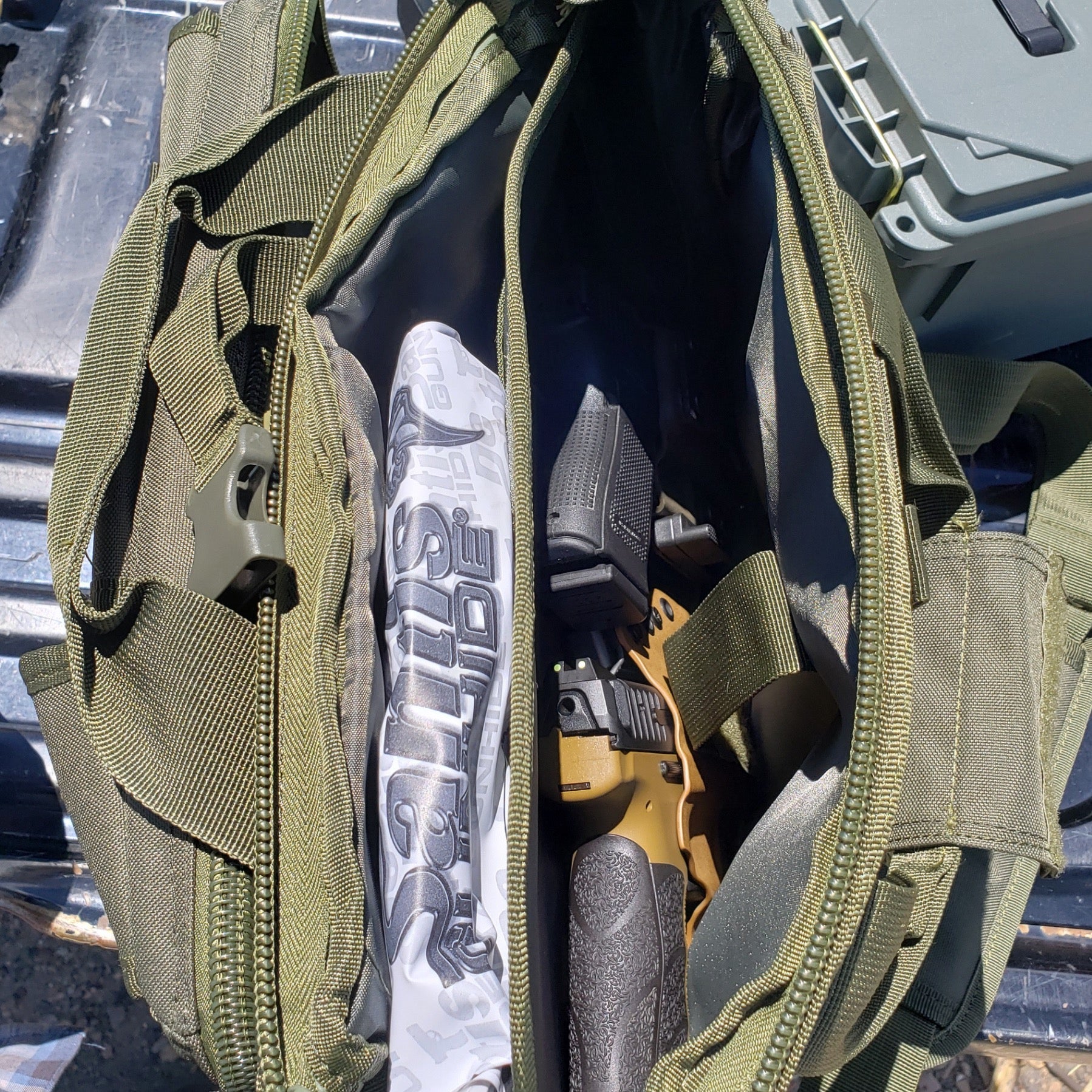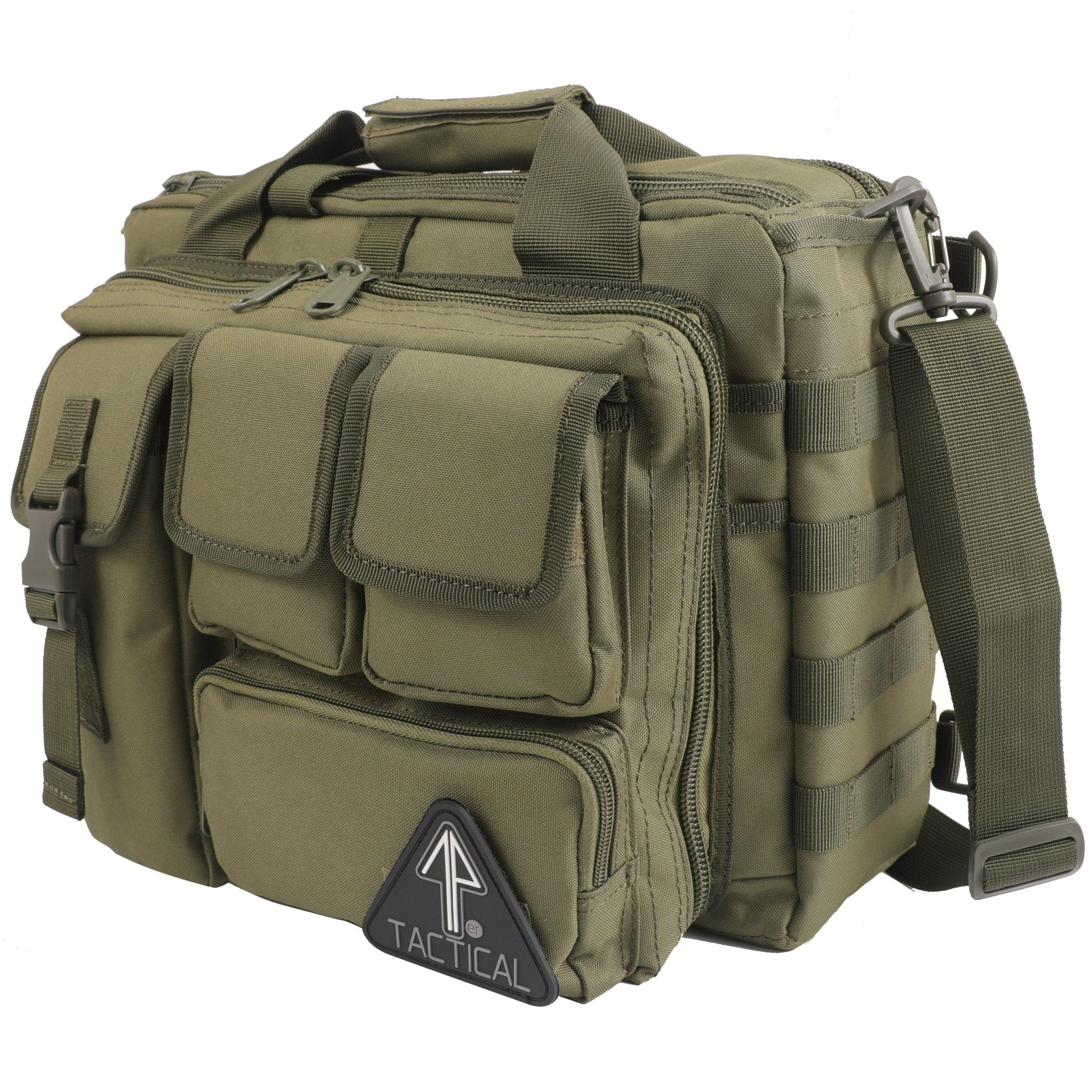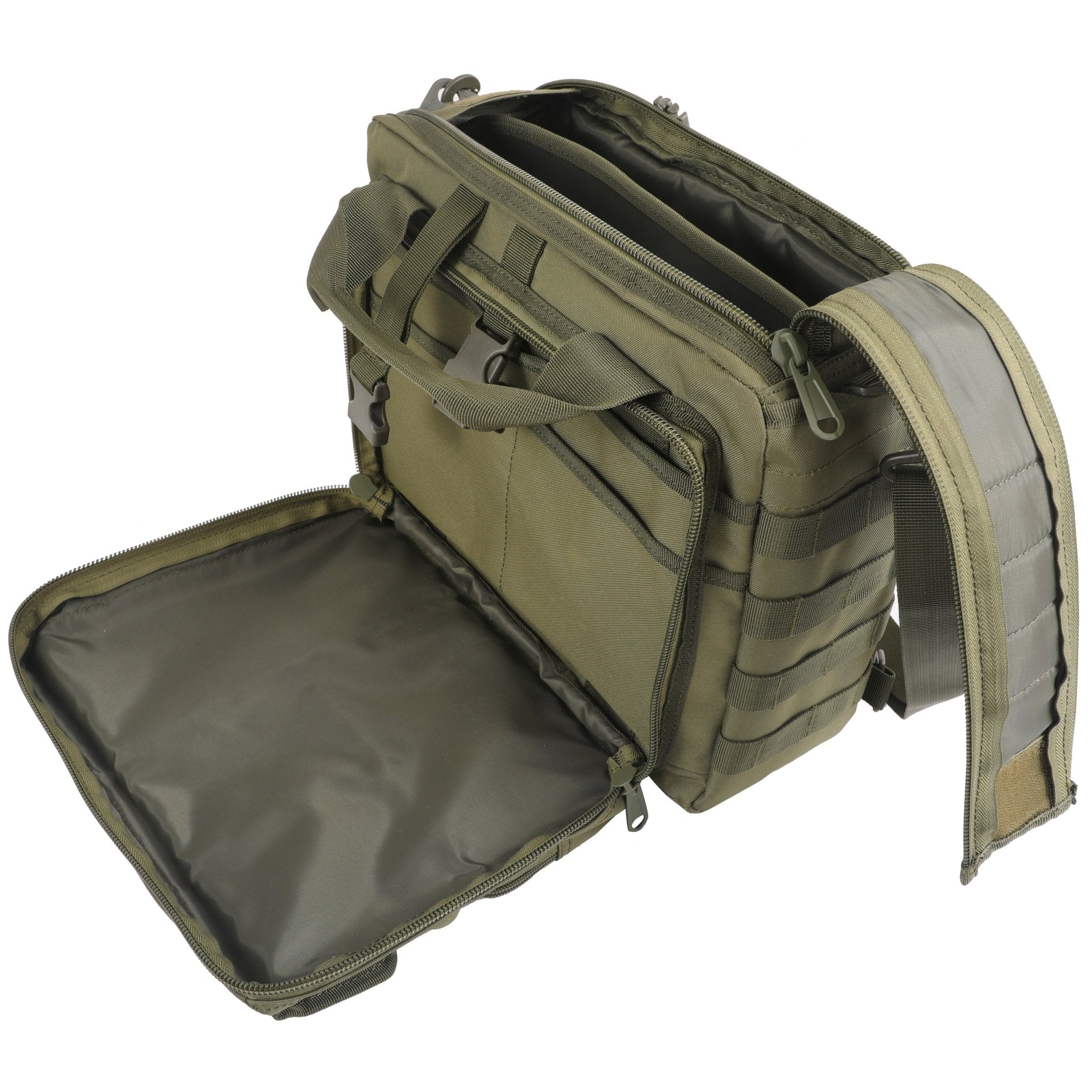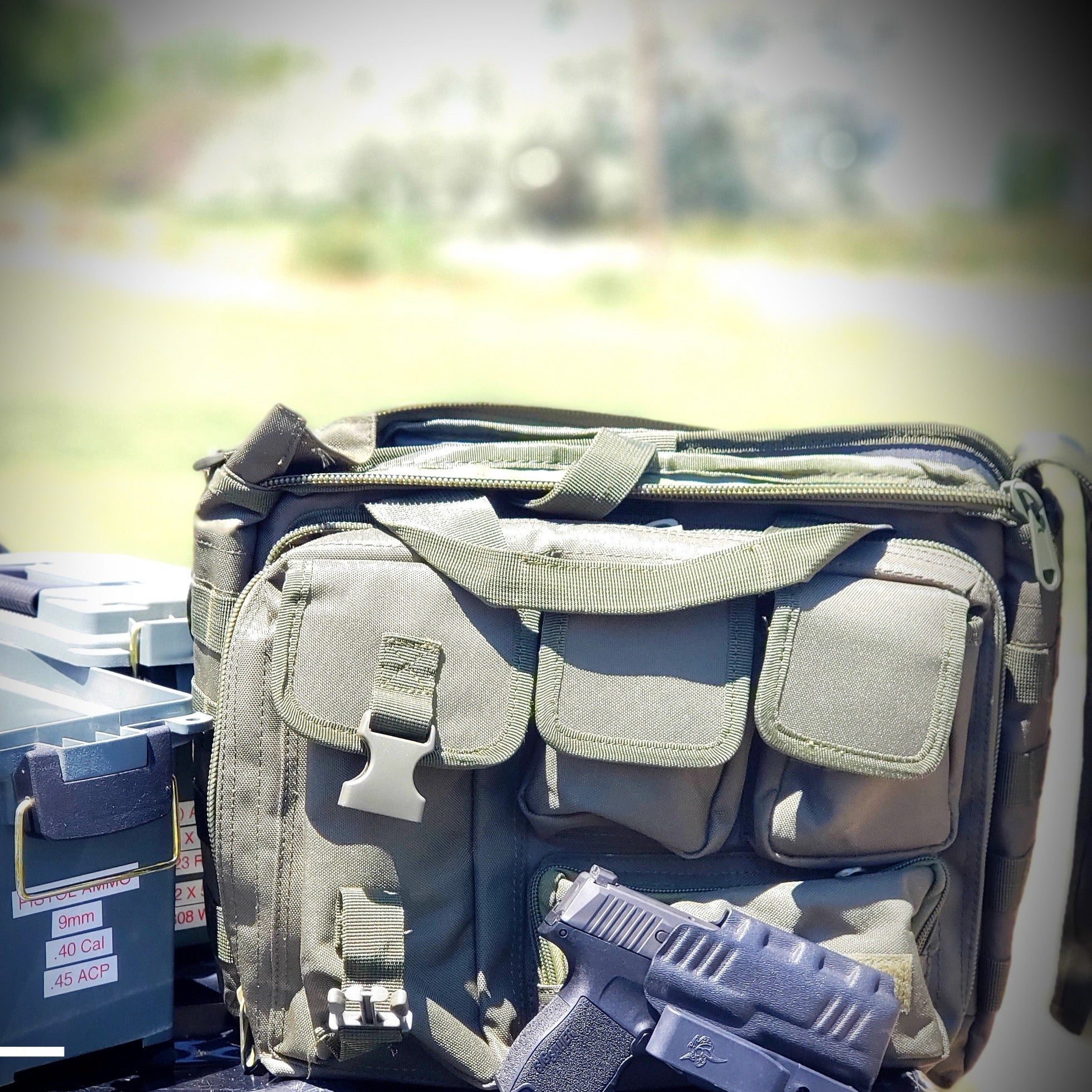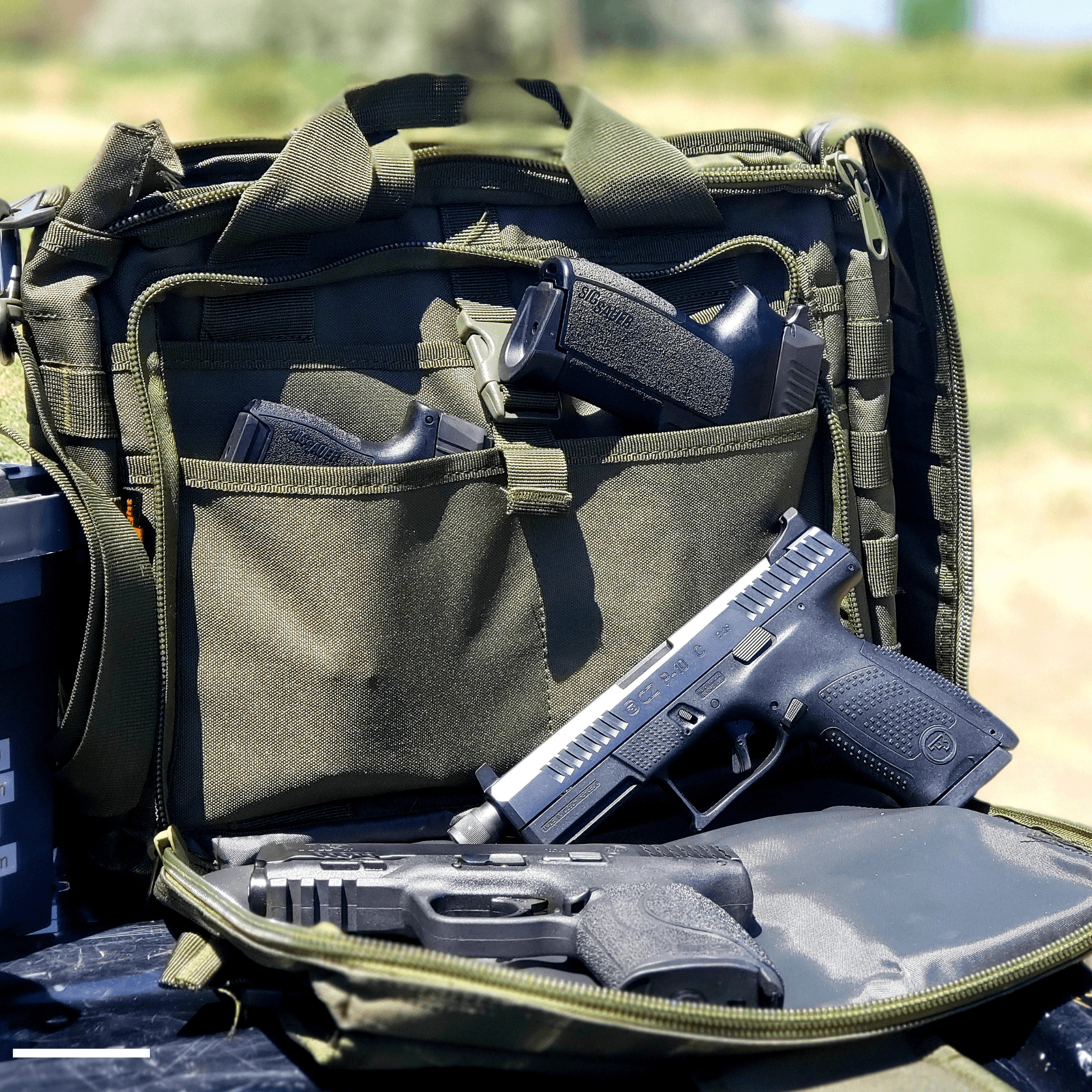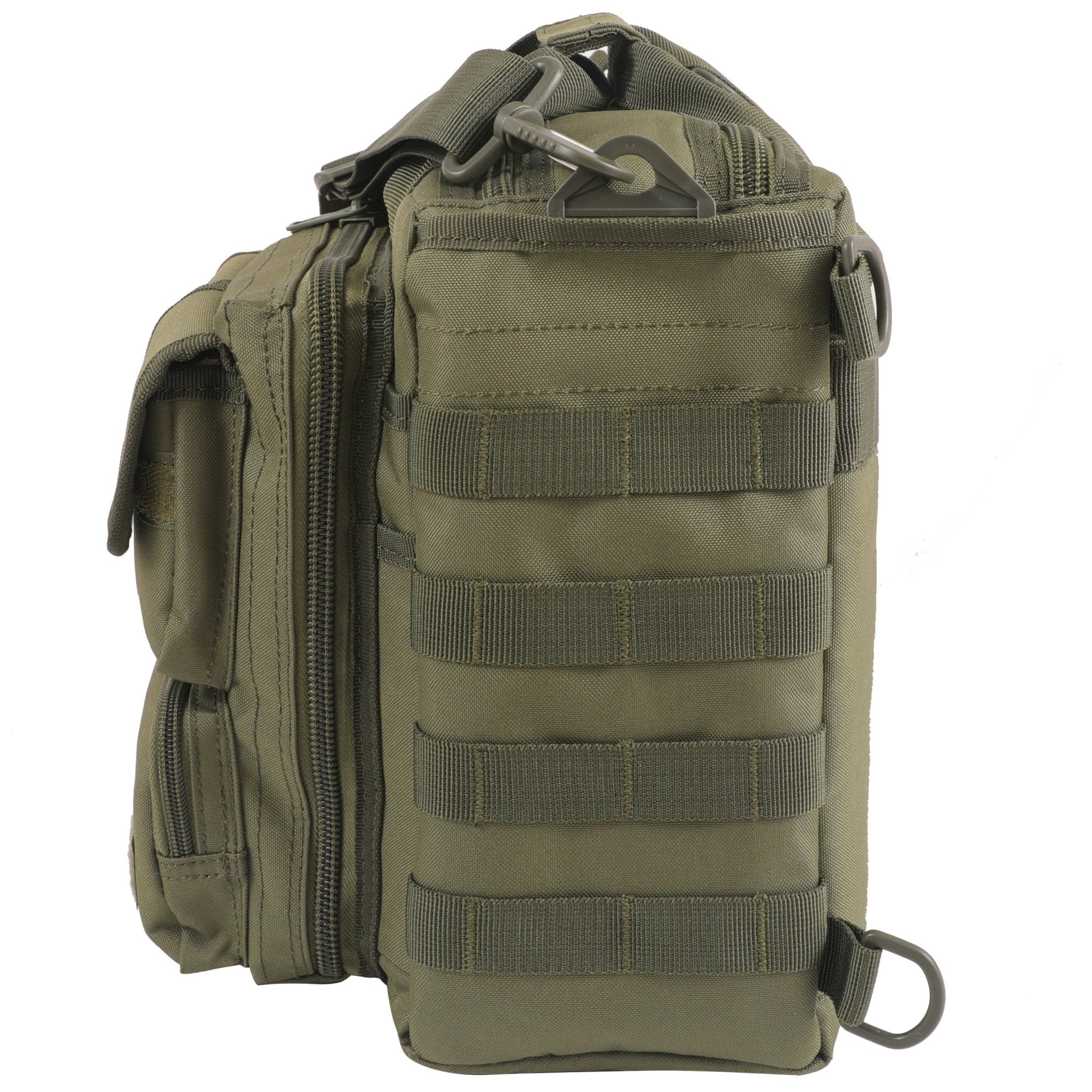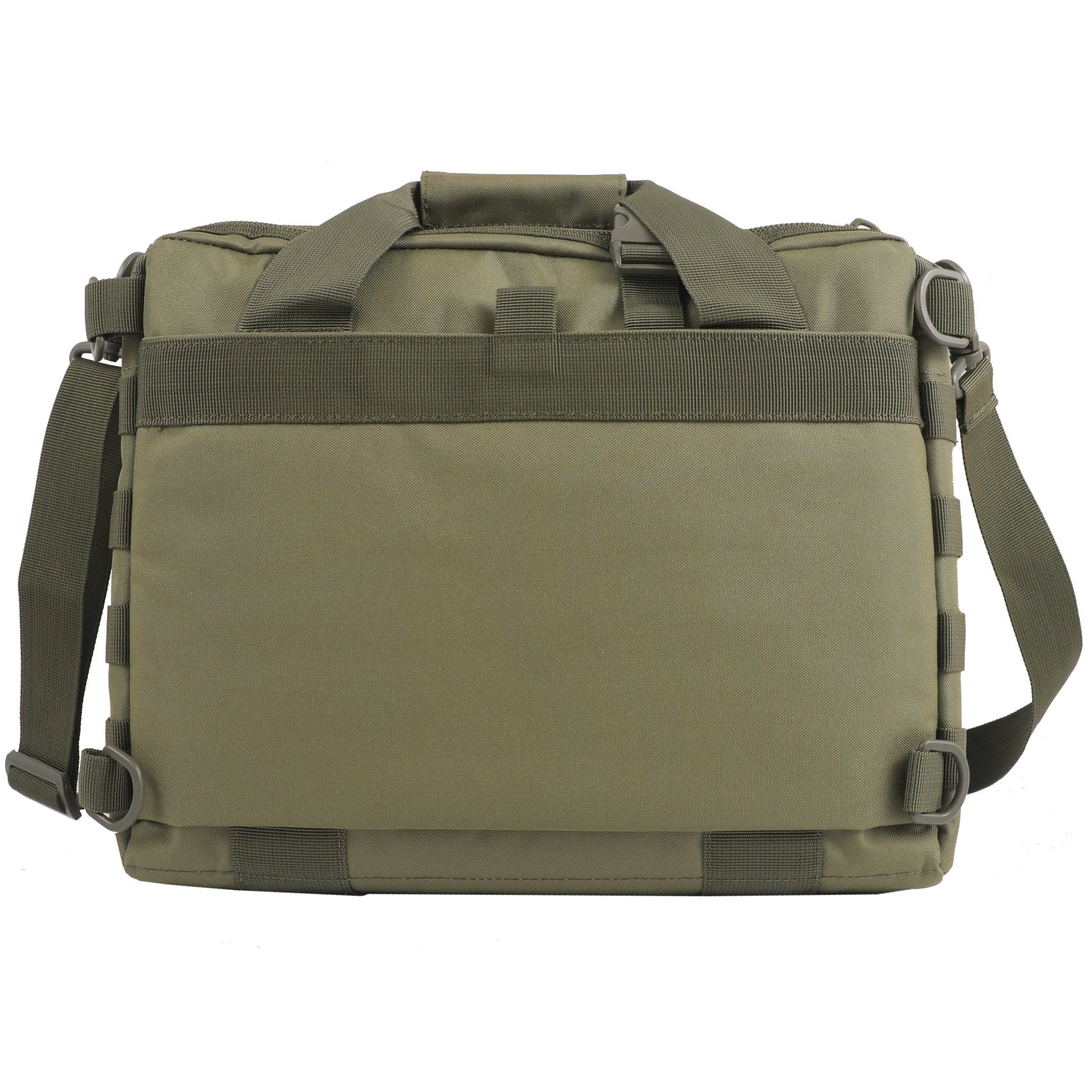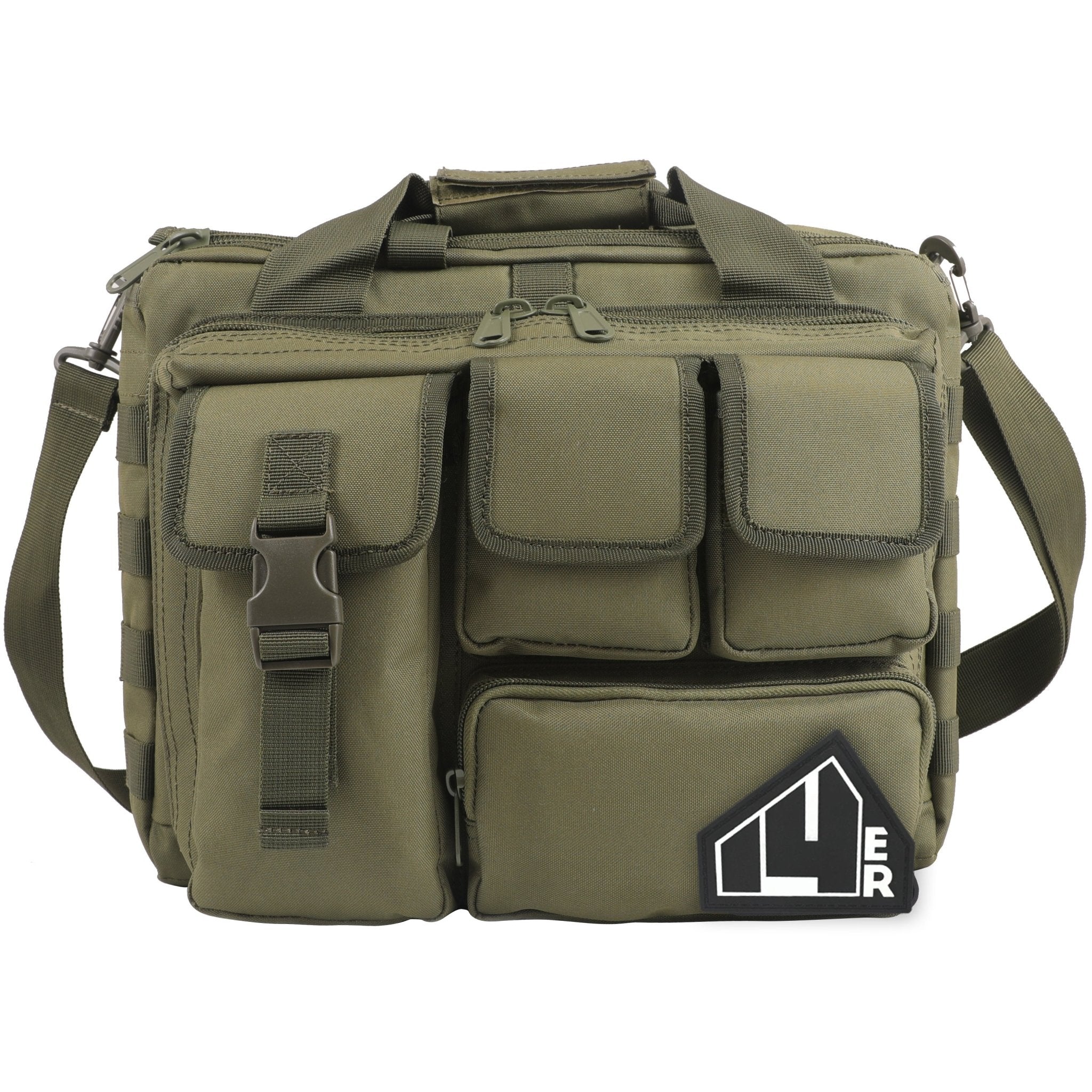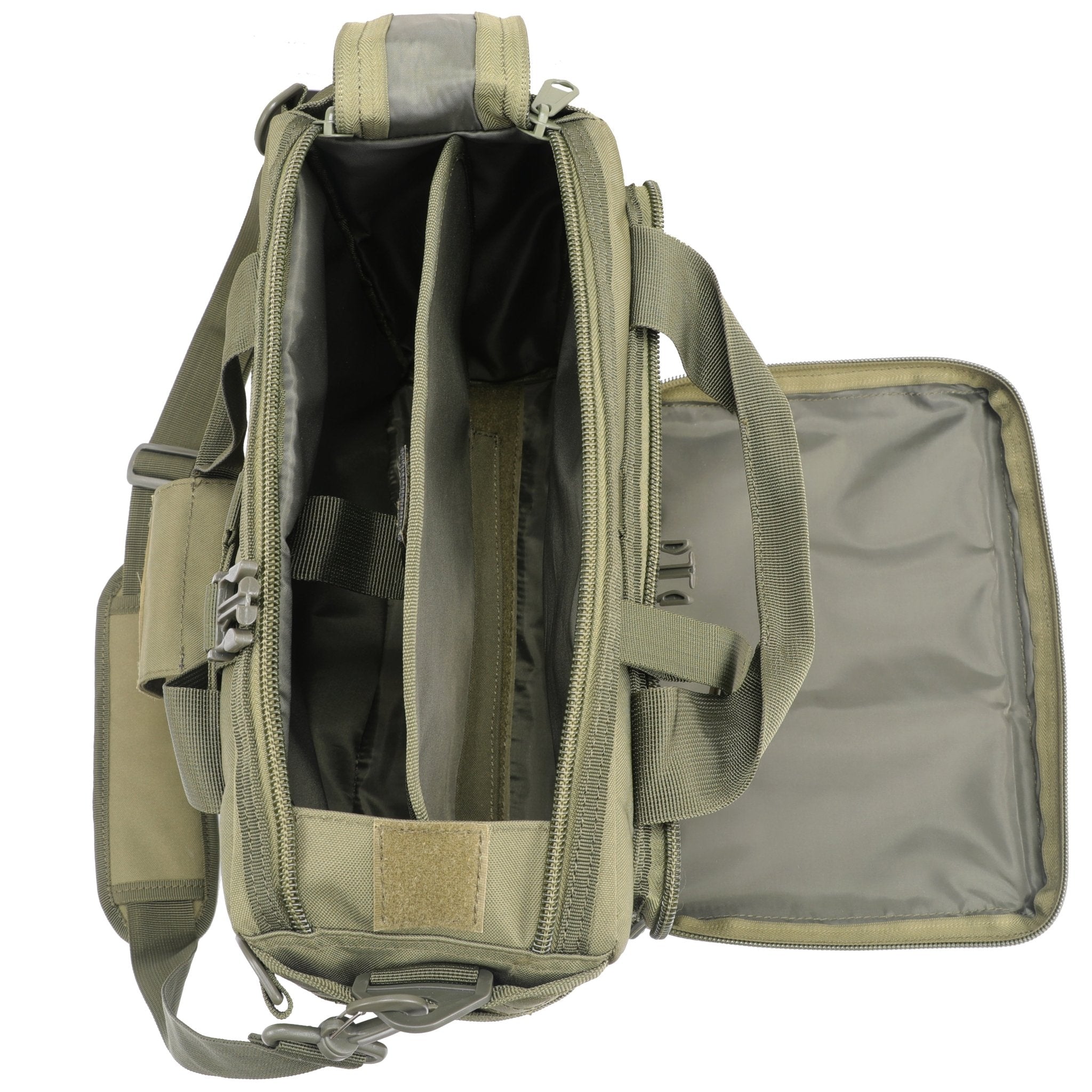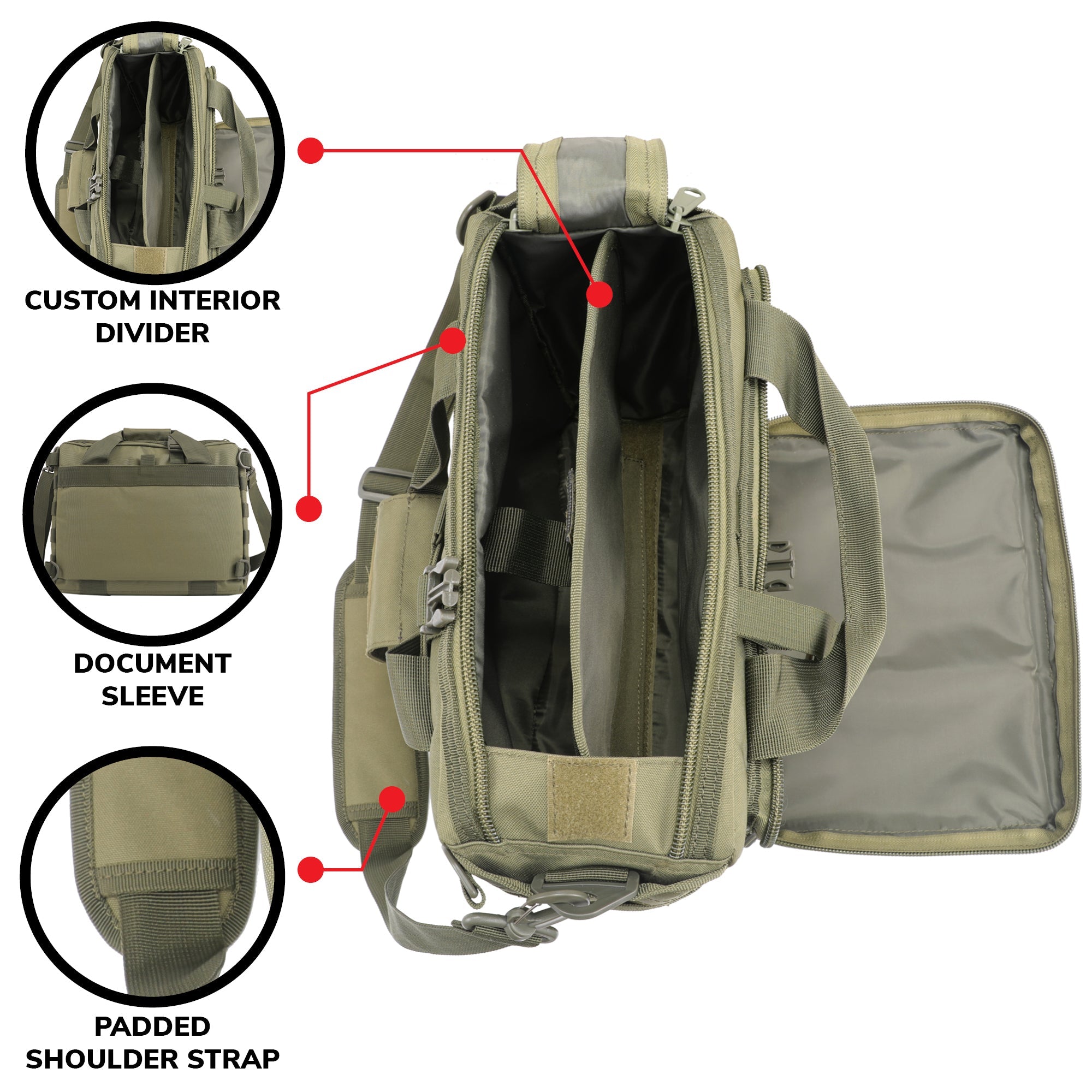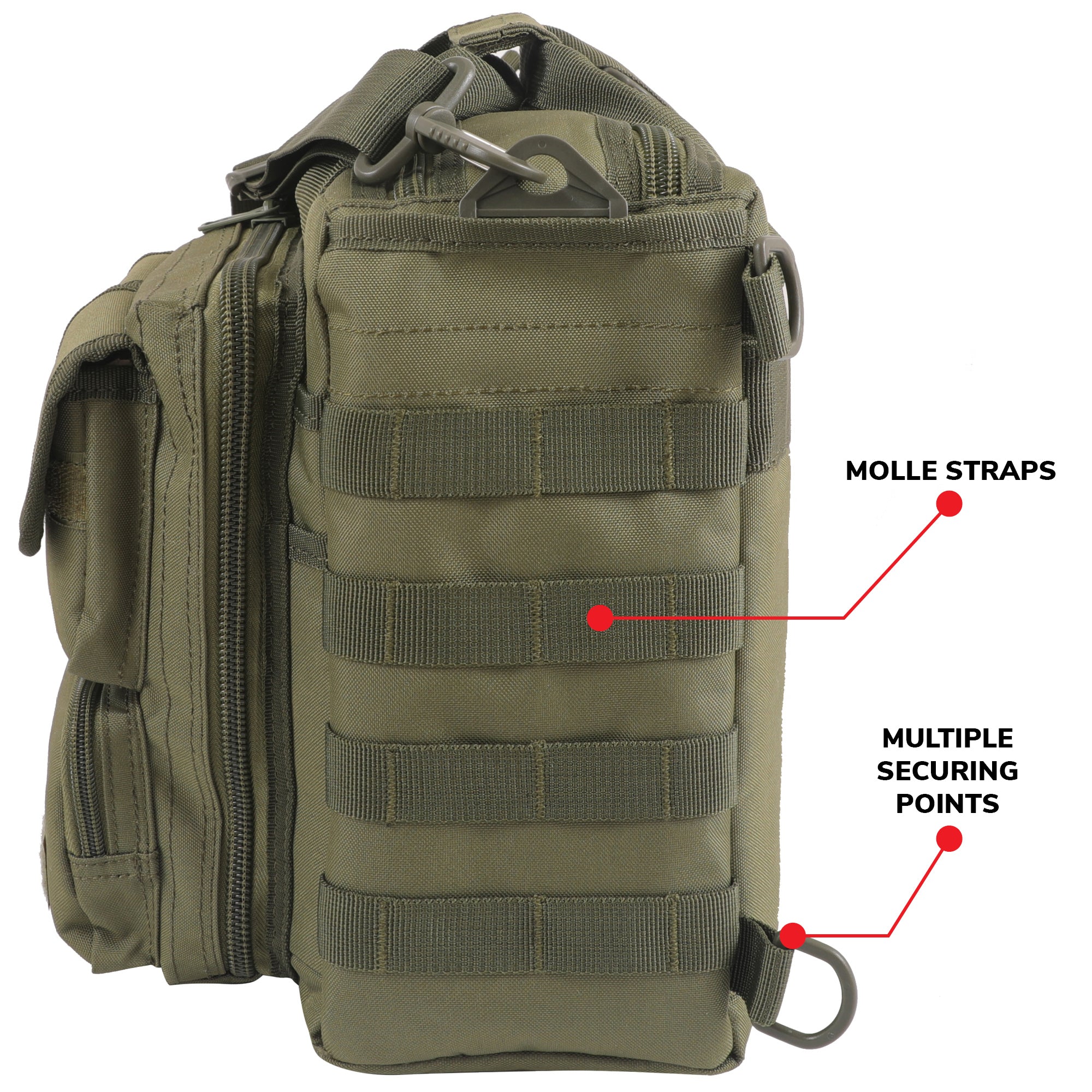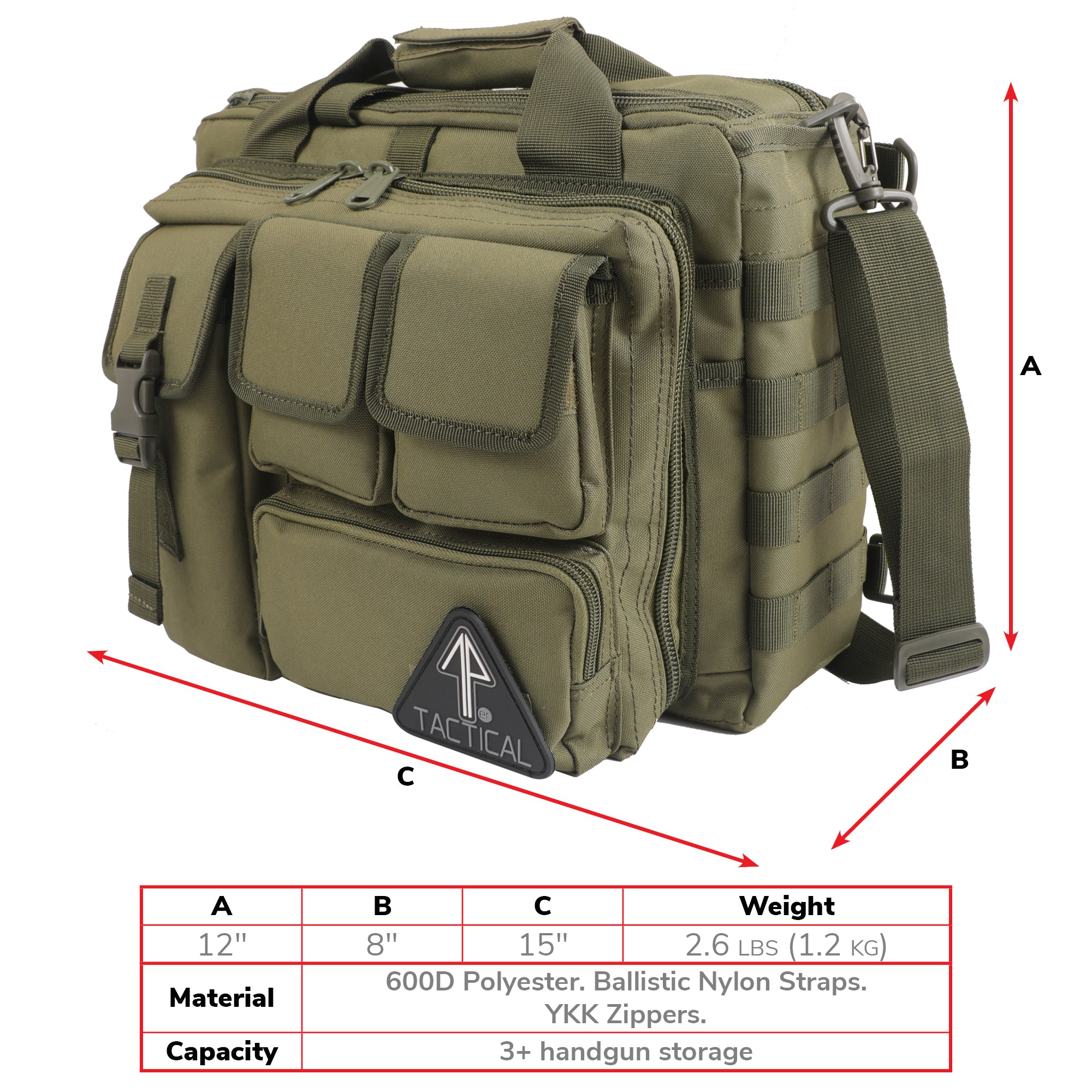
Let’s say that you’re a tactical training enthusiast, but joining the military is not an option. You may sometimes think to yourself, how would I do as a military operative? Would my tactical skills and survival training put me in the same league as an actual soldier?
The only way to answer the question is to test yourself and see the results. And you can do just that! You can apply for civilian SERE training.
SERE Training: Survival-Focused Military Training
Survival, Evasion, Resistance, and Escape (SERE) training is a program designed to build up a person’s hardiness and resourcefulness to high-functioning levels. Its purpose is to prepare military service members for scenarios that will challenge them to survive.
SERE training is conducted by military forces all over the world, the United States included. It was originally a US Air Force program, intended to train downed airmen to handle the situation of getting stuck behind enemy lines. The SERE program has since been extended to the US Navy and US Marine Corps.
In the US, it is not restricted to military personnel only. Department of Defense civilians and private defense contractors can undergo the training. The SERE course covers outdoor survival skills, evasion techniques, and even escape strategies in case one gets captured by enemy units.
Resistance training is also covered in the SERE course. Its purpose is to strengthen someone’s resolve so they can resist the enemy’s interrogation techniques.

Is SERE Training Only for Military Personnel?
Military service members are far more likely than civilians to need the training that a SERE program provides. Most non-military folks are unlikely to end up in an armed conflict zone where they are pressed to evade enemy combatants or escape capture.
Nevertheless, there is still a possibility that one could face such a scenario. War can break out and turn a once peaceful area into a hostile territory. On a smaller scale, civil unrest or criminal activity could bring about a comparable crisis situation for civilians.
Environmental disasters in the wilderness can also result in scenarios similar to those that SERE training will prepare you to face. If you are an outdoors adventure enthusiast, you may want to keep that in mind should you go trekking in an area that can be impacted by natural hazards.
Civilian SERE training courses exist, and are often attended by survivalists, outdoors adventurers, and tactical lifestyle practitioners.
The Four Pillars of SERE
What can you learn from SERE training? It’s right there in the name itself: Survival, Evasion, Resistance and Escape! Let’s take a closer look at each of these four pillars.
Survival mainly refers to wilderness survival training. Many armed conflict situations can leave service members stranded in hostile territory without easy access to essential resources like food, water, medical supplies and communications. SERE teaches wilderness survival skills, such as fire starting, shelter construction, food and water procurement, and navigation.
Evasion involves tactics to avoid detection by hostile units. Some evasion techniques include stealthy movement, camouflage, keeping hidden, wiping your traces, and countering the tracking capabilities of your enemies.
Resistance training prepares you to hold out under duress as a captive of the enemy. The SERE course provides strategies to resist the enemy’s interrogation techniques. It builds up one’s mental strength and emotional resolve.
Escape refers to various techniques to get out of threatening circumstances. This pillar deals with a wide range of scenarios, which can include getting out of a vehicle submerged underwater. Or it can involve literally escaping captivity. SERE can teach you a number of different escape strategies to account for various scenarios.

What Are the Real-life Applications of SERE?
SERE is most likely to be applied by military service personnel, especially those who are involved in special operations. These types of missions often require one to infiltrate hostile territory and use survival and evasion techniques.
If private defense contractors should take part in such special operations, they could benefit from SERE training as well.
Law enforcement personnel can also apply SERE training in their line of work. Law enforcers can find themselves in a type of hostile territory, such as an area that sees heavy gang activity.
Civilians are unlikely to find much use for resistance training or escape strategies. But there is still a possibility that such things can come up, unfortunately. If one should ever end up as a kidnapping victim, SERE training can prepare one to handle that with confidence.
For most civilians, the most useful teachings of a SERE course would involve wilderness survival skills. Anyone who enjoys exploring the outdoors will get something out of the intense survival training they would get from attending a SERE program.
Note that you don’t have to undergo SERE training to learn everyday tactical preparedness. SERE is a more extreme form of tactical training that most people will not need. It can be worth trying SERE if you strongly wish to experience what military training is like, though!
How to Get Started with SERE Training
If you want to attend a civilian SERE course, you should first prepare yourself—physically and mentally. You’ll want to be in good physical shape. Practicing good personal fitness is a key step to becoming the kind of guy who will be able to handle the rigors of SERE training.
You should also have some degree of tactical training, in case you haven’t had any. SERE doesn’t focus solely on physical toughness. Mental strength and strategic thinking are also important to develop. If you already have built up these qualities in yourself, you’ll be a better fit for SERE training.
Keep in mind that SERE training can be risky and even dangerous, especially if you have a health condition. You should consult a physician and get a health checkup before attending any kind of SERE course. If you are used to outdoor survival experiences, you can probably handle SERE training fairly well. But it doesn’t hurt to be sure! That’s the tactical thing to do.
What about gear for SERE training? What will you need? You should check on what the course requires from you. But generally speaking, you can expect to bring the kind of gear you would need for an outdoors adventure experience. For a guide on what equipment you should prepare, check out our article: How to Pack a Tactical Gear Bag for an Outdoor Workout



